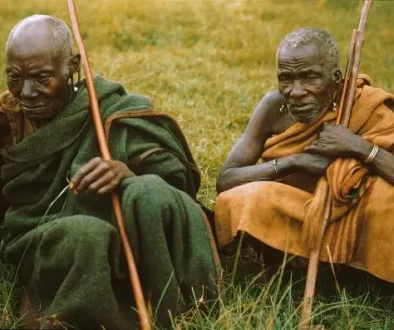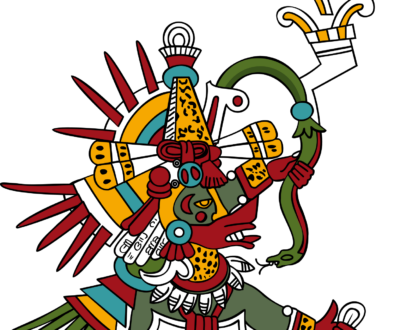Biocultural Sacred Sites in Mexico
M. C. Bastida Muñoz and G. Patrick Encina2017
There have been many different approaches and contributions to our intercultural understanding of the inherent sacredness of nature. In attempting to strengthen the rationale for what constitutes a sacred natural site (SNS), Mercedes Otegui-Acha (2007) provided a series of variables that characterize SNS. The variables she considered were (1) the intrinsic capacity of SNS to sustain biodiversity, (2) the quality of SNS to support indigenous and traditional peoples’ ways of life (by keeping alive heritage, cultural identity, ethnolinguistic diversity, livelihoods, and traditional ecological knowledge), (3) the support of indigenous and traditional peoples’ spirituality provided by SNS, and (4) the policy contexts that enable conservation of SNS. We suggest that the framework used until now is missing three concepts that are crucial in Mesoamerican cosmo-vision: (1) bioculture, (2) time–space, and (3) energetic activation. These three concepts are so inherent in native peoples’ lives that their interlocutors do not feel the need to delineate them in abstract forms. In the intercultural arena, where different parties are trying to construct an equitable approach to conservation of these sites, such concepts need to be brought forward. The ideal scenario is that, as practitioners of transdisciplinary research, we can directly and indirectly engage in the native peoples’ ways of being (of living and interrelating), allowing us all to forge, in synergic and sensible ways, the safeguarding of culturally relevant places.
Reference
Mindahi Crescencio Bastida Muñoz and Geraldine Patrick Encina. Biocultural Sacred Sites in Mexico, in Indigenous Revival and Sacred Sites : Conservation in the Americas, edited by Fausto O. Sarmiento, and Sarah Hitchner, Berghahn Books, Incorporated, 2017. ProQuest Ebook Central, pages 186-204,
Created from teacherscollege-ebooks on 2018-09-26 20:25:33.




